lewismalpas
TPF Noob!
- Joined
- Jul 29, 2013
- Messages
- 25
- Reaction score
- 0
- Location
- United Kingdom
- Can others edit my Photos
- Photos NOT OK to edit
Hey TPF,
I just picked up my first roll of push processed film (Ilford hp5+ rated at 1600) and I wanted to ask for some critique and advice to see how I could get better results. I knew pushing the film would increase the grain and contrast but I didn't realise just how gritty and grainy they would actually be. It looks like the shots in relatively well lit areas came out really nicely, however the shots with little available light have some extreme grain going on.
I had the roll developed at a lab who process all of my time, do you think the developer had a big effect on the grain and contrast? I am not sure what developer was used but I will call tomorrow and ask.
Here are a few nice examples:
---_0017 | Flickr - Photo Sharing!
---_0016 | Flickr - Photo Sharing!
---_0007 | Flickr - Photo Sharing!
---_0001 | Flickr - Photo Sharing!
Here are a few extremely grainy examples:
---_0018 | Flickr - Photo Sharing!
---_0011 | Flickr - Photo Sharing!
---_0005 | Flickr - Photo Sharing!
---_0002 | Flickr - Photo Sharing!
Many thanks for your help,
Lewis.
I just picked up my first roll of push processed film (Ilford hp5+ rated at 1600) and I wanted to ask for some critique and advice to see how I could get better results. I knew pushing the film would increase the grain and contrast but I didn't realise just how gritty and grainy they would actually be. It looks like the shots in relatively well lit areas came out really nicely, however the shots with little available light have some extreme grain going on.
I had the roll developed at a lab who process all of my time, do you think the developer had a big effect on the grain and contrast? I am not sure what developer was used but I will call tomorrow and ask.
Here are a few nice examples:
---_0017 | Flickr - Photo Sharing!
---_0016 | Flickr - Photo Sharing!
---_0007 | Flickr - Photo Sharing!
---_0001 | Flickr - Photo Sharing!
Here are a few extremely grainy examples:
---_0018 | Flickr - Photo Sharing!
---_0011 | Flickr - Photo Sharing!
---_0005 | Flickr - Photo Sharing!
---_0002 | Flickr - Photo Sharing!
Many thanks for your help,
Lewis.


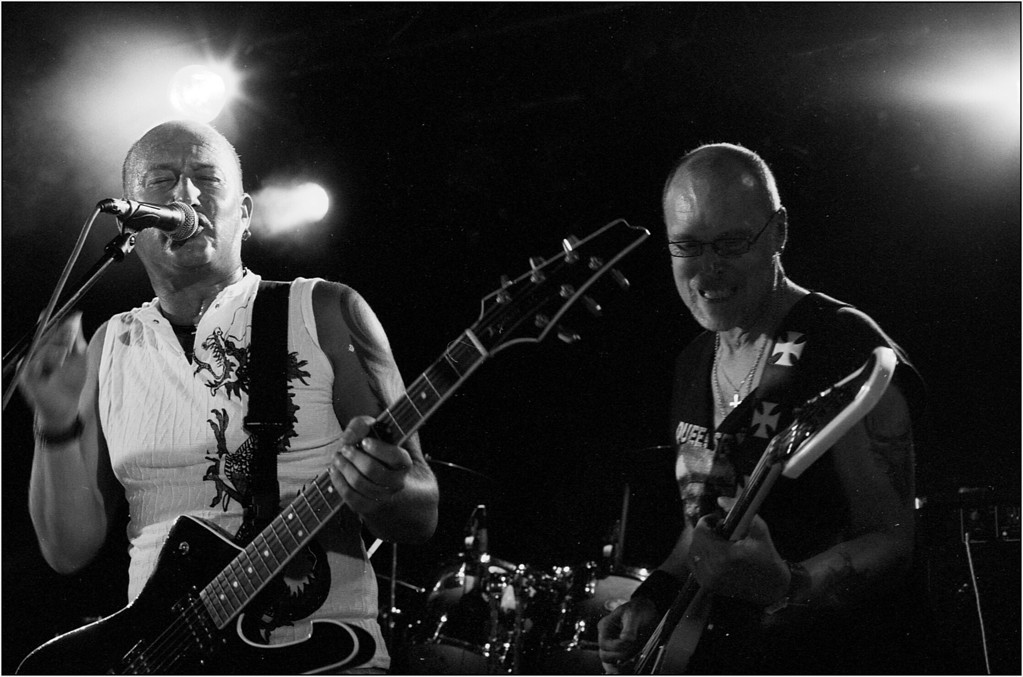

![[No title]](/data/xfmg/thumbnail/37/37525-e6d8ac7dbf90f97648e351449fc9330f.jpg?1619738130)
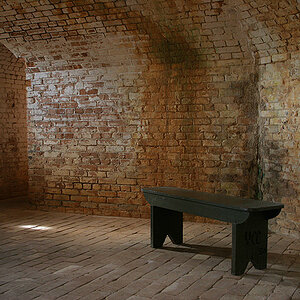
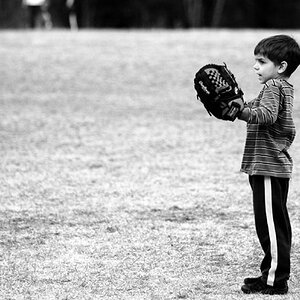
![[No title]](/data/xfmg/thumbnail/36/36102-8cd330c175e72b4b8009082908e60620.jpg?1619737346)
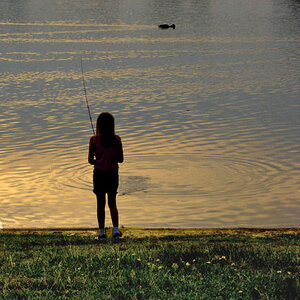

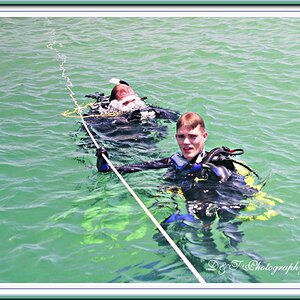

![[No title]](/data/xfmg/thumbnail/37/37522-f67b10bc5ee534f9bc21ee94917445b9.jpg?1619738129)

![[No title]](/data/xfmg/thumbnail/37/37523-291af5748bb3a98408cc748fb81bb365.jpg?1619738129)